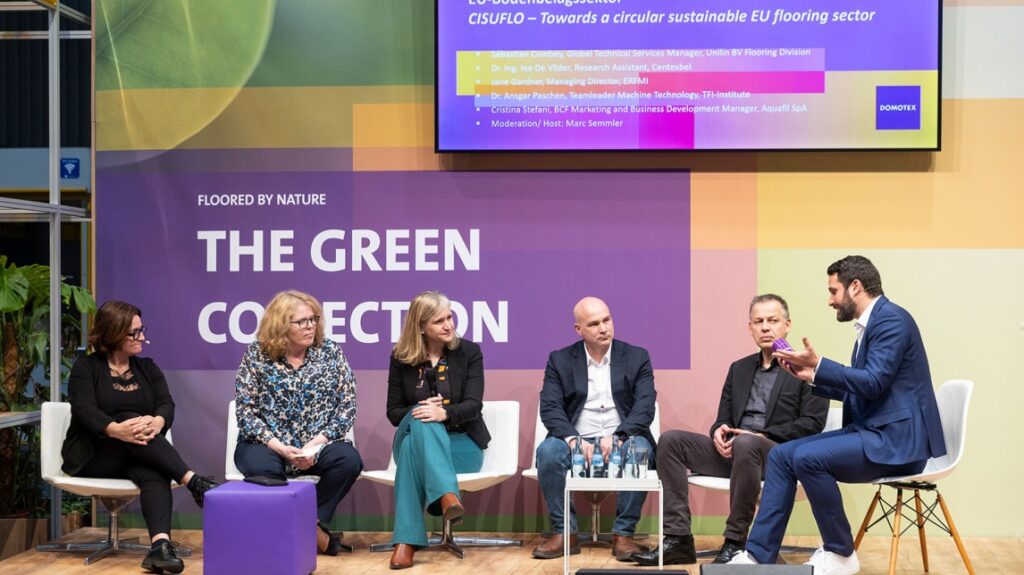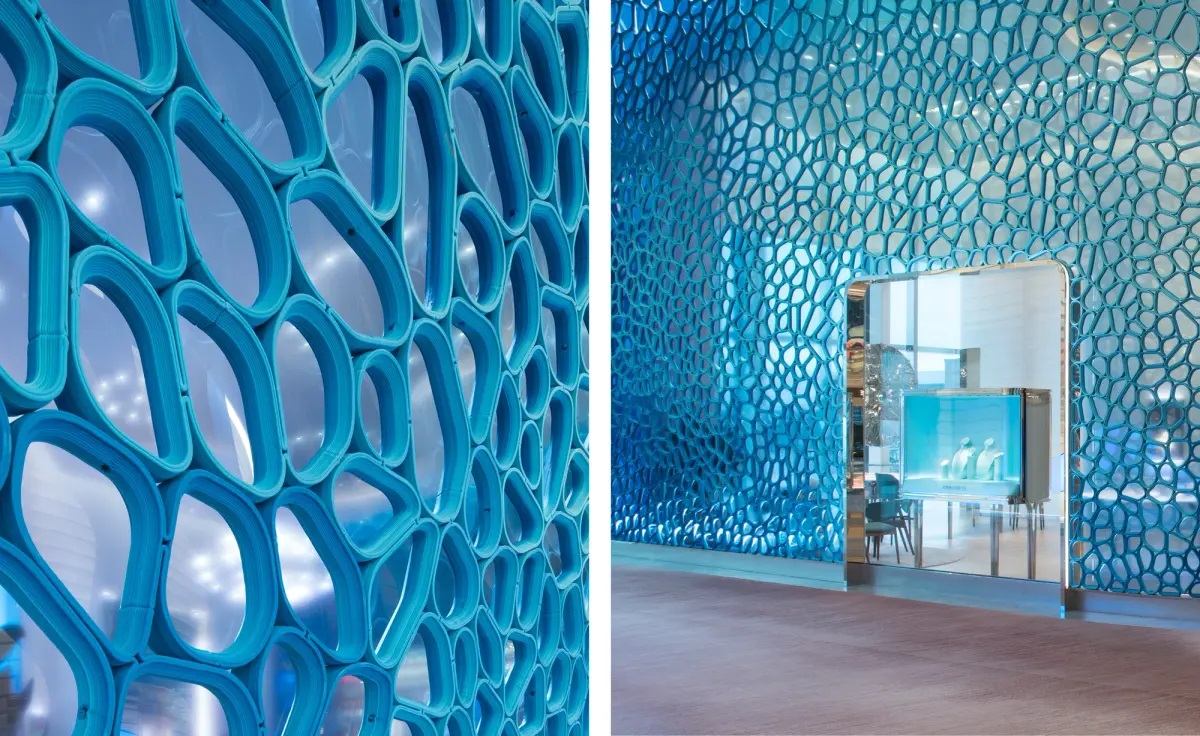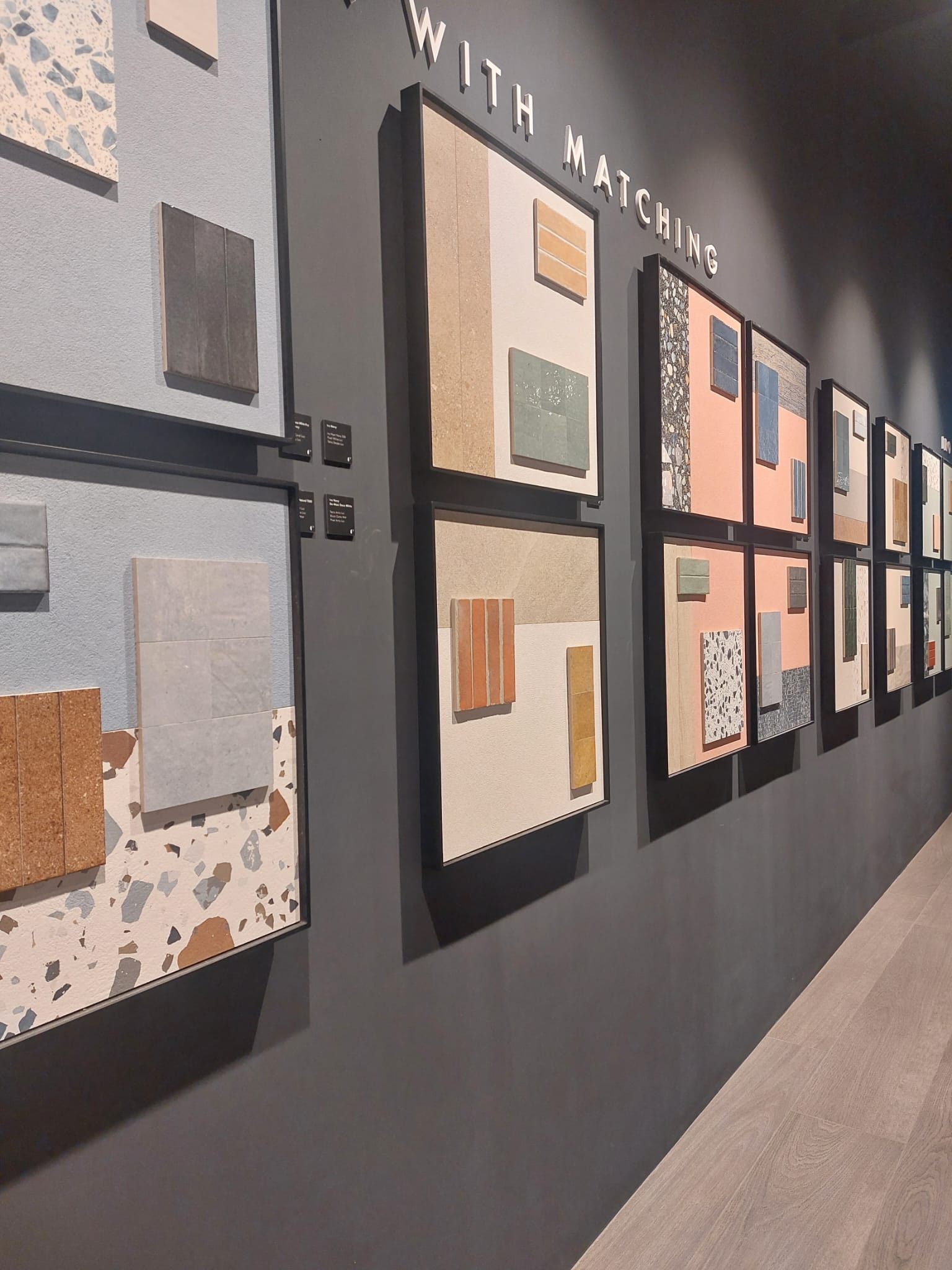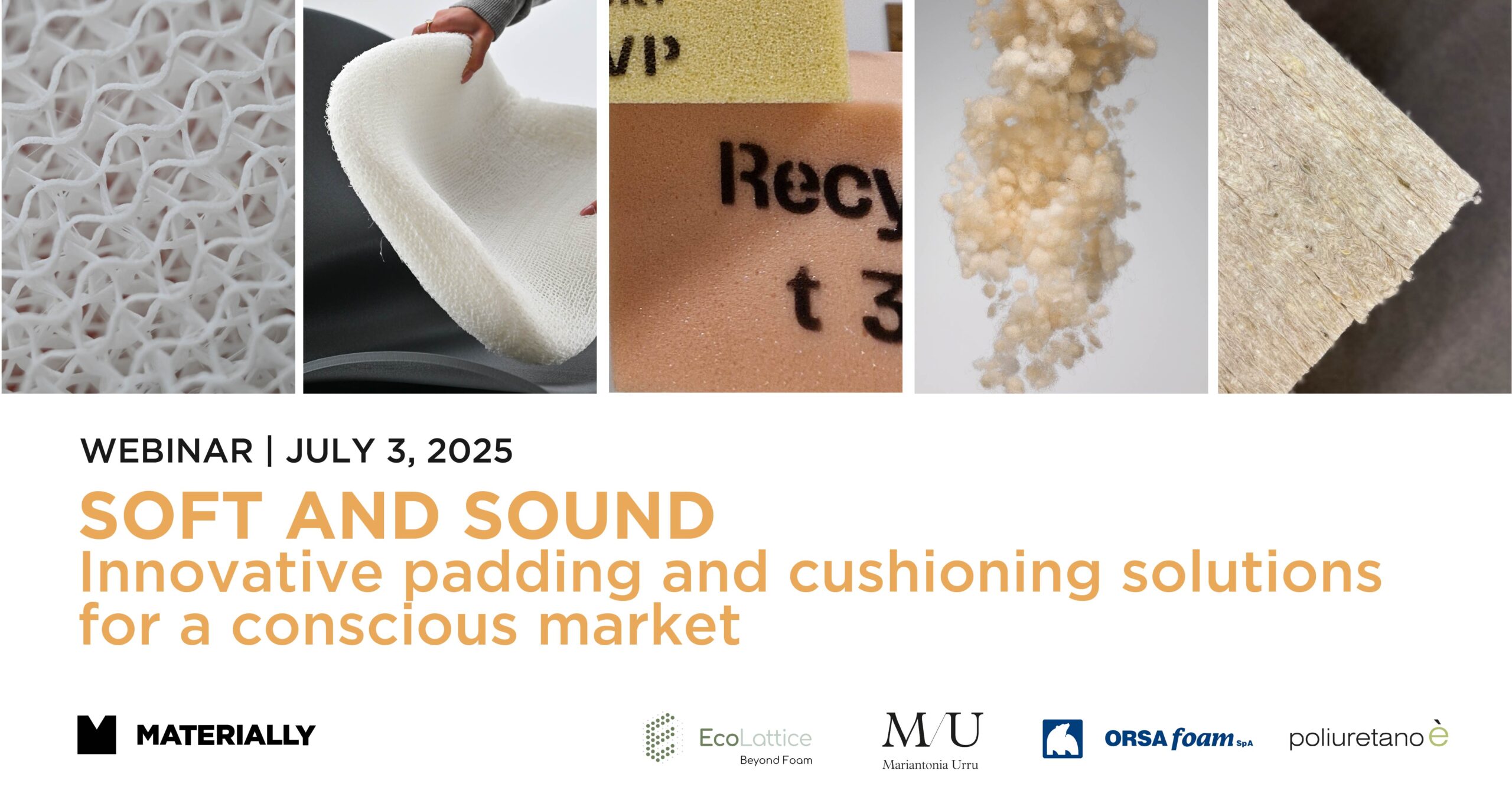
Circularity in resilient floorings
Domotex 2024 did not trivialize the subtitle of the event – Floored by Nature. On the contrary, it dealt with it in depth through the Green Collection Award, a prize dedicated to products evaluated as the most sustainable by a jury of great stature; the exhibition “Il cielo in una stanza”, curated by Materially; and a series of panel talks and technical conversations that highlighted the industry’s outlook and strategies on circularity. We report here some insights on resilient flooring materials.
Ansgar Paschen of the TFI-Institut für Bodensysteme presented the CTextile, CLaminate, CVinyl project aimed at identifying guidelines for a circular shift of the supply chains. The project focuses are: structural design, materials, production, installation, labeling, and recyclability. For textile based products circularity is quite complex because of the many materials involved in its production and installation. Support, adhesives, intermediate layers, carpets pile typically make combustion or landfill the only available end of life options. As an example, at the level of structural design, monomaterial products (a single high-quality polymer) are suggested or, in case of necessary combination of two materials, the presence of a separation layer (hot melt adhesive) that allows for easier disassembly and recyclability.
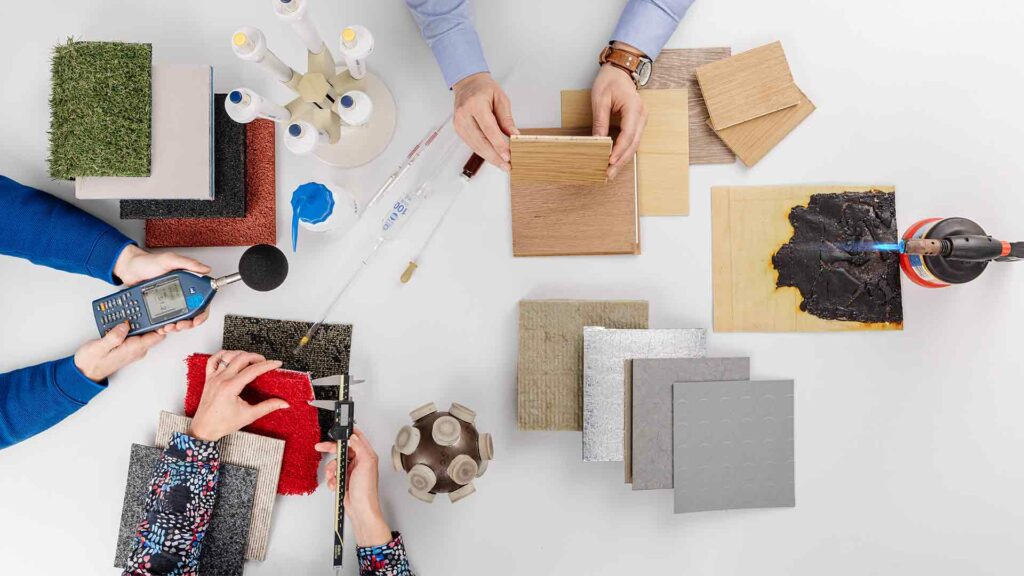
Even the CISUFLO project, originated from an Horizon2020 funding, connects companies in the continuous resilient carpet supply chain aiming at identifying production, end-of-life recovery, and recycling methods at a systemic level. Among others, the topic of access to waste is central for the implementation of mechanical or chemical recycling of raw materials. Even though various approaches have been identified at the lab level, if the collection of used materials is not done consistently over large territories, for example guaranteeing the preservation of basic materials in the recovered goods, those methods will not be applicable.
Among the CISUFLO pilot projects, Unilin is in charge of the laminate section. Their solution is at an industrial application level, reaching a production of 1.4 tons/hour of recycled content, obtained from the crumbling of end-of-life wood panels separated from adhesives. As Sébastien Combey of the Flexible Flooring division pointed out, a key theme in recovery practices is and will be that of labeling that allows to trace the material composition of waste. In this sense, RFID technologies give excellent results – the possibility of reading the contents even after laying – but they imply additional costs. In the current phase, where costs associated with a circular transition are very much felt, together with the technical and logistical component, zero-cost technologies such as the QR code are more easily used.
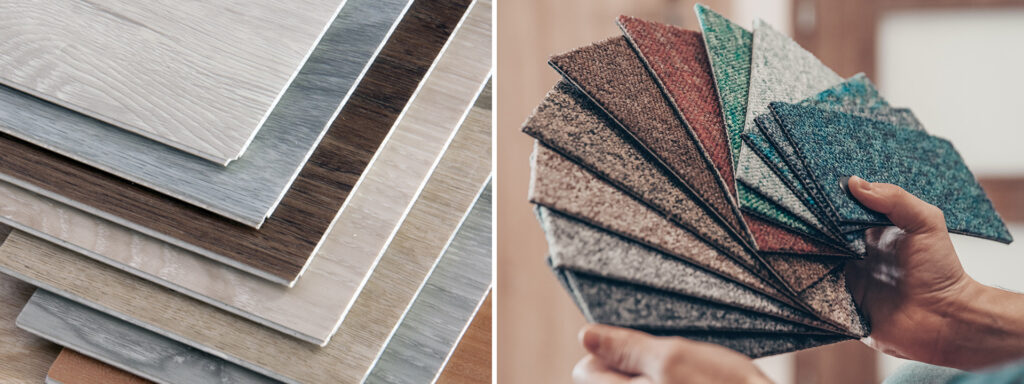
Jane Gardner of the European Resilient Flooring Manufacturers’ Institute has highlighted some driving factors that have accelerated the circular transition of the sector in recent years. Among others, the market increasing attention to recycling; the EU Green Deal, which in recent years has generated fifty-two regulations such as the assimilation of resilient flooring materials to construction products, making compulsory a % of recycled content and product passport; national schemes such as the Producer Responsibility scheme in France, under which producers must contribute financially to organizations that deal with recovery and recycling.
Presenting the project “Born R2R – Regenerate to be Regenerated”, Cristina Stefani from Aquafil highlighted the importance of involving the entire supply chain to achieve real circularity in the sector. It is essential that carpet and rug manufacturers use eco-design approaches, and therefore that they think from the very initial design phase about how materials can be recycled instead of being disposed of in landfills, thus allowing for a closed loop.
